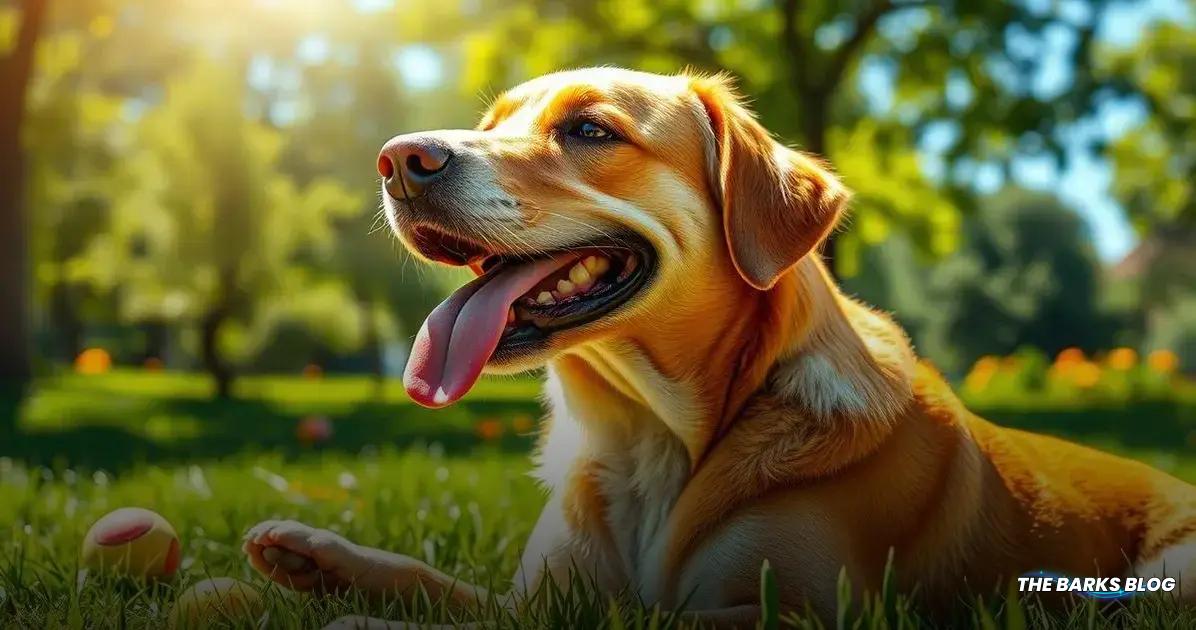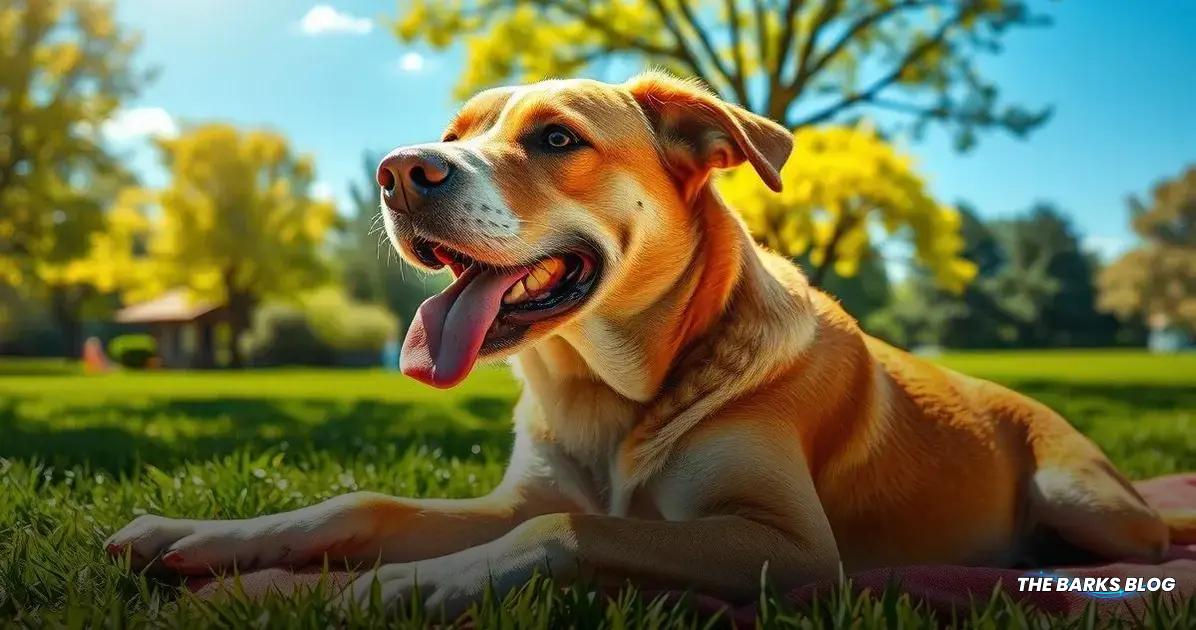Dogs do sweat, but their main way of cooling down is through panting, as their sweat glands are not as effective as those in humans. They primarily sweat through their paw pads and rely on evaporating moisture from their nose and tongue to regulate body temperature. It’s important for dog owners to be aware of these cooling methods to prevent heatstroke, especially in hot weather, by ensuring access to fresh water, shade, and monitoring for overheating signs.
Have you ever wondered, do dogs sweat? Contrary to popular belief, dogs do have sweat glands, but their sweating function is quite different from ours.

How Do Dogs Sweat?
How do dogs sweat? Dogs possess two types of sweat glands: Merocrine and Apocrine glands. The merocrine glands are primarily located in a dog’s paw pads and become active when your dog is hot or stressed. If you’ve noticed damp paw prints on the sidewalk during hot weather, that’s likely a sign your dog is feeling the heat or is anxious.
It’s important to remember that sweat glands located elsewhere on their bodies wouldn’t be effective for cooling because their fur absorbs the sweat instead of allowing it to evaporate. Evaporation is crucial for cooling, and since dogs have less fur on their paw pads, this is where sweating is more effective.
Meanwhile, the apocrine glands do secrete sweat, but their primary role is to emit pheromones and unique scents, which help dogs communicate important information to each other. This secretion is not intended to cool the body.
The most efficient method for dogs to regulate their body temperature is through panting. When dogs pant, moisture from their nasal passages, tongue, and lung lining evaporates, cooling them as air passes over these moist areas. Additionally, when dogs are hot, their blood vessels expand, bringing hot blood close to the skin’s surface to cool down before circulating back to the heart. This clever mechanism helps dogs manage their temperature effectively.

Understanding Canine Cooling Mechanisms
Understanding how dogs cool themselves is essential, especially since they have limited ways to regulate their body temperature. Dogs are particularly susceptible to heatstroke, so it’s crucial to ensure they have constant access to fresh, clean water and are kept in shaded, cool areas on hot days.
Many dog owners might think shaving their dog’s fur can help them stay cool, but this can actually be counterproductive. A dog’s fur acts as an insulator, helping to keep them cool in warm weather and warm in cold weather. Removing this insulating layer increases the risk of heatstroke, as the dog loses its natural ability to regulate body temperature.
During hot weather, it’s vital to be aware of your dog’s behavior. If they seem lethargic or are panting excessively, it might be time to take a break and cool them down. Always monitor your pet closely during warm days, and if you suspect your dog is experiencing heatstroke, cool them down immediately and contact your vet.
For more tips on ensuring your dog stays safe and cool, you can read our blog on preventing heatstroke in dogs.
Conclusion
In summary, while dogs do sweat, their primary means of cooling down relies on panting and the unique placement of their sweat glands.
Understanding how dogs regulate their body temperature is crucial for their health and well-being, especially during hot weather. As responsible pet owners, ensuring that our furry friends have access to fresh water, shade, and a cool environment is essential to prevent heat-related issues.
By recognizing the signs of overheating and knowing how to help your dog cool down, you can ensure they remain happy and healthy in any season. Always stay informed about your dog’s needs, and you’ll be better equipped to keep them comfortable and safe.
FAQ – Frequently Asked Questions about Dogs and Sweating
Do dogs sweat like humans?
No, dogs do sweat, but their sweating mechanism is different. They primarily sweat through their paw pads and their sweat is more for communication than cooling.
How do dogs cool themselves down?
Dogs cool themselves primarily by panting, which allows moisture in their nasal passages, on their tongue, and in their lungs to evaporate and cool them.
What are the signs of heatstroke in dogs?
Signs of heatstroke in dogs include excessive panting, lethargy, drooling, and difficulty breathing. If you notice these symptoms, it’s important to cool them down immediately.
Is it safe to shave my dog’s fur in hot weather?
Shaving your dog’s fur is not recommended as it acts as an insulator. Fur helps keep dogs cool in the heat and warm in the cold.
How can I prevent my dog from overheating?
To prevent overheating, ensure your dog has access to fresh water, shade, and avoid strenuous exercise during hot days.
What should I do if I suspect my dog has heatstroke?
If you suspect your dog is experiencing heatstroke, try to cool them down immediately with water or a cool cloth and contact your veterinarian right away.




